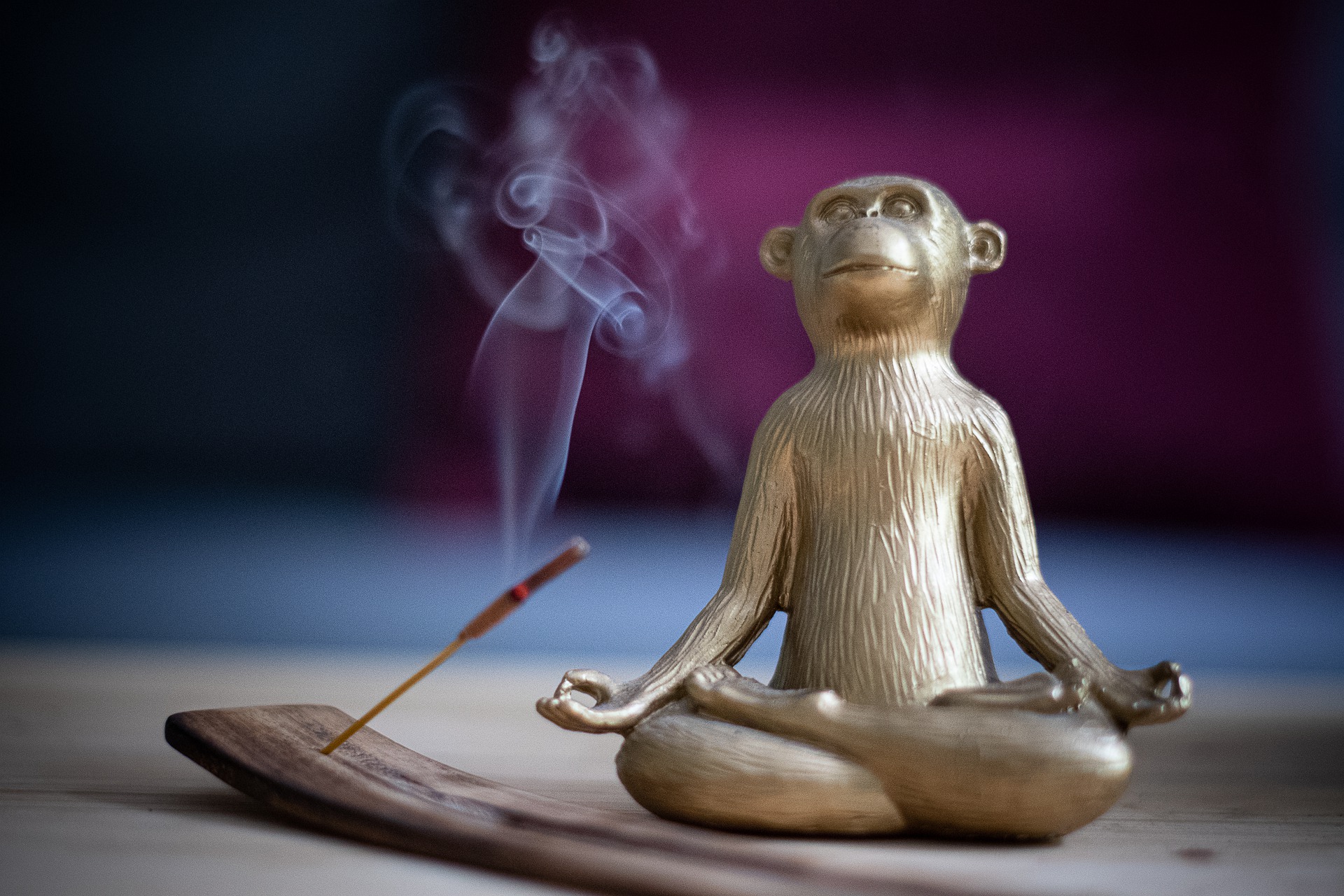One of the key strengths of the monkey style is its adaptability. Therefore it behooves the student to practice in street clothes, in their everyday shoes, and familiar environments like doorways, small rooms, etc. This type of training is in our Filipino Arnis and Japanese Ninjutsu traditions. By removing the shock of a new environmental situation, you can focus on the task at hand, namely your defense.
When defending against the hook punch, it is better to fight someone trained in pugilistic arts than a completely untrained fighter. Someone without training is very unorthodox because they don’t know any better. His reactions can run the gambit of possibilities, often unknowingly thwarting your defense and counterattack. A trained fighter, boxer, or karateka is predictable. They know the best attack opportunities, and you know where to defend against them. Effectively defending powerful positions conserves energy while protecting small-value areas can lead to wasted energy.
Just like a monkey, keep moving your head off the line of attack. Maintain good balance and torque your body to prepare for unleashing powerful strikes. You’ll look like a monkey moving around like that.
When fighting the unorthodox fighter, let them set the pace and teach you how they fight. The fighter won’t have a lot of moves. They will do the same one or two techniques repeatedly until the work. During this defensive stage of your fight, keep moving, maintain a safe distance, and test their defenses. Once you are confident that you have a good read on their skills, begin your relentless assault. Use their openings and lack of defenses to maximize your attacks.
Against a wild hook punch, the traditional outward blocks won’t stop it. The fist comes around the block, still finding purchase on your head or core body. The triangle block works best. Follow this with a series of strikes and movements. As my kickboxing instructor says, “punches in bunches” is the best tactic.
Approach and delivery
You can use a monkey grip or seize various pressure points on the arm. For instance, the hook punch from the right hand travels in an arc towards your left side. Catch it with your left arm whipping the hand over it, and grab the biceps area. This move secures the elbow and neutralizes the power of the attack. Weight it down. I prefer to keep it weighted for unbalancing in the counter-offensive.
With this grip defense, even if he forces or powers through your lock, it will turn your whole body, not just your arm. In other words, if the defense doesn’t stop the punch, it moves you out of the way. That’s a great feature of this technique. From there, you have options like leg-hocks, knee-stomps, or reaps.
As mentioned before, using this grip doesn’t require you to seize, though that’s an option. It is more important to stay relaxed. Dropping your weight onto the arm may unbalance the opponent. Use that in conjunction with a right slap or strike. Stay relaxed and allow the force to upset his balance. Take advantage of his new state – usually falling over his arm.
Keep them distracted with a flurry of strikes to the face and vitals. The monkey is very deceptive, and flurries to the unprotected eyes can cause frustration in your opponent. By changing his emotion, you can gain even more advantages in the fight if it’s not over by that time. Always move to keep or add to your strengths in a fight. The only fair fight is one you win.
Practice the difference between a superior fighter and a regular street fighter. These modes of condition will allow you to adapt to the unpredictable confrontation you may experience. You can’t prepare for each unique fight, but you can prepare for the flavor of the battle.


